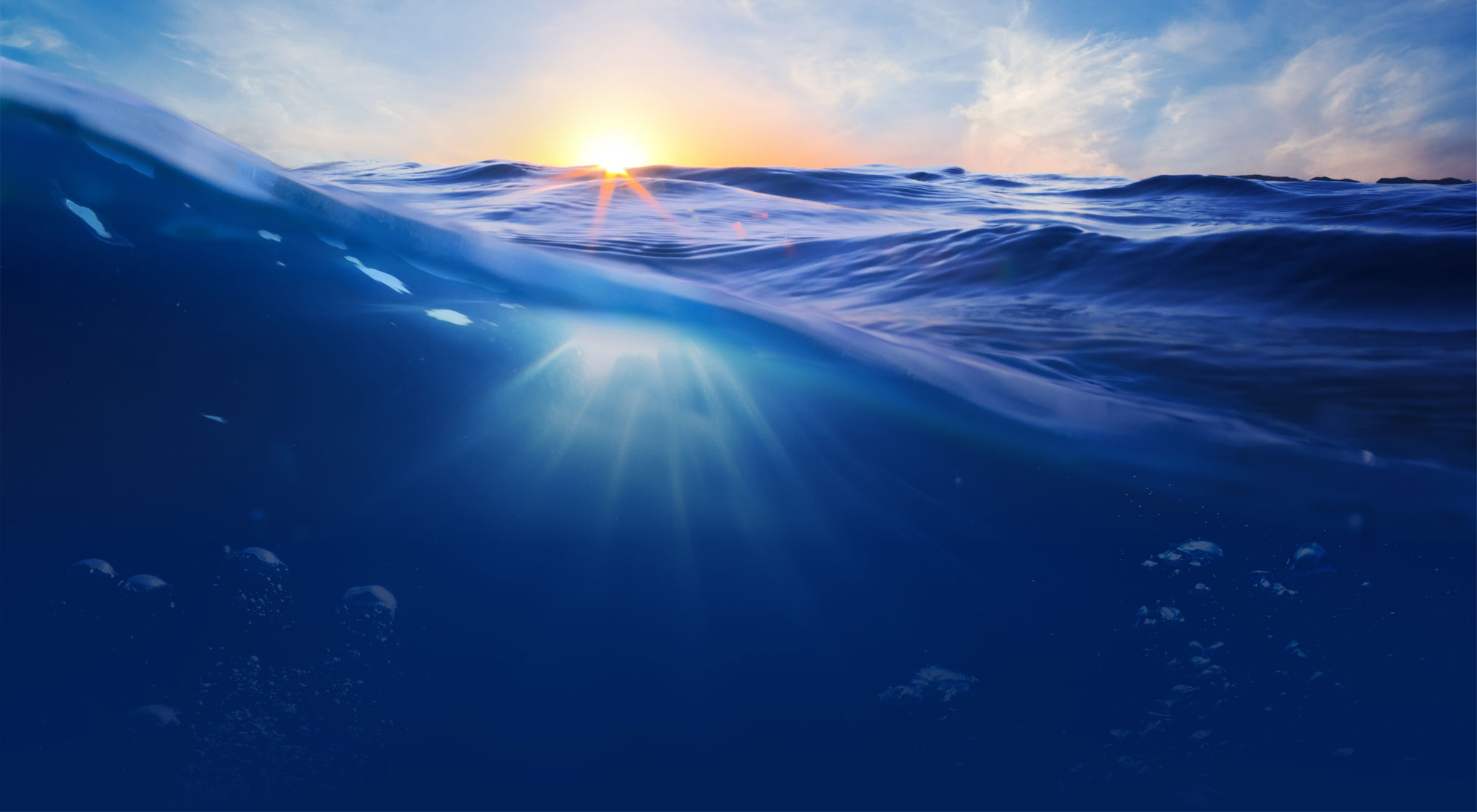Because bridges are such a commonplace feature of our world’s watery landscape, we forget the feats of incredible engineering that make them possible. Underwater construction happens below the surface, and often below our level of awareness. We rarely get a glimpse at the courageous – even audacious – men and women who make offshore construction possible, but our bridges, dams, and harbors all rely on marine construction crews and intrepid deep sea divers.
These highly trained professionals are equipped with years of experience, research, and technological developments in their quest to overcome the challenges of a murky industry. In addition to the dangers inherent in dive jobs, crews must account for an entirely different set of natural laws than those land-based crews deal with. Objects weigh less and move more slowly, and equipment and chemicals respond differently underwater. Limited to no visibility is another serious consideration as crews lay pipes, dredge harbors, and repair offshore utilities.
To ensure the safety and longevity of subsea construction projects, construction crews rely on USBL or other acoustic positioning systems to precisely lay cables, efficiently excavate seabeds, and improve the accuracy of drilling projects. DECK’s through-hull deployment unit soundly secure acoustic positioning systems, keeping marine construction projects safe and effective.
More precise submarine communications cable-laying
From telephone calls to digital data, the rapid transmission of information around the world depends on undersea cable. Today, more than 550,000 miles of cable lie on the seabed floor with a typical transoceanic submarine cable system costing hundreds of millions of dollars to construct. DECK’s TH-series instrument deployment unit ensures USBLs are rigid and secure, facilitating more precise positioning.
More efficient seabed dredging
Like their land-based counterparts, a large portion of marine construction is excavation. In the case of underwater excavation, or dredging, waterways are cleared or widened for maritime traffic. As with most construction projects, dredging can have both positive and negative impacts on the environment. The technique can be used to replenish coastal regions that have been affected by erosion, but careless dredging can lead to environmental damage. The robust framework of our through-hull deployment unit safeguards the delicate instruments construction crews use to safeguard the environment from error.
More accurate deep sea drilling
While we often associate drilling with offshore oil exploration, drilling is also used for scientific research. In both cases, accuracy is critical to the safety of drillship crew and to the efficiency of costly drilling projects. DECK’s TH-Series unit has a rugged construction that will weather the most brutal environmental and operational conditions for up to thirty years. The model’s durability and flexibility keeps assembly and maintenance costs competitive for our users around the globe. Equipped with a manual gate valve and manual pole recall, the TH-Series unit is functional under virtually any circumstances.
Safer marine construction
At DECK, we pride ourselves on engineering innovative instrument deployment units that are cost-competitive and durable. Our designs are built to secure your vessel’s most sensitive instruments, which keeps marine construction safer for your crew, your equipment, and the environment.
Contact our support team today to learn how the DECK TH-Series can can optimize your underwater construction enterprises.
